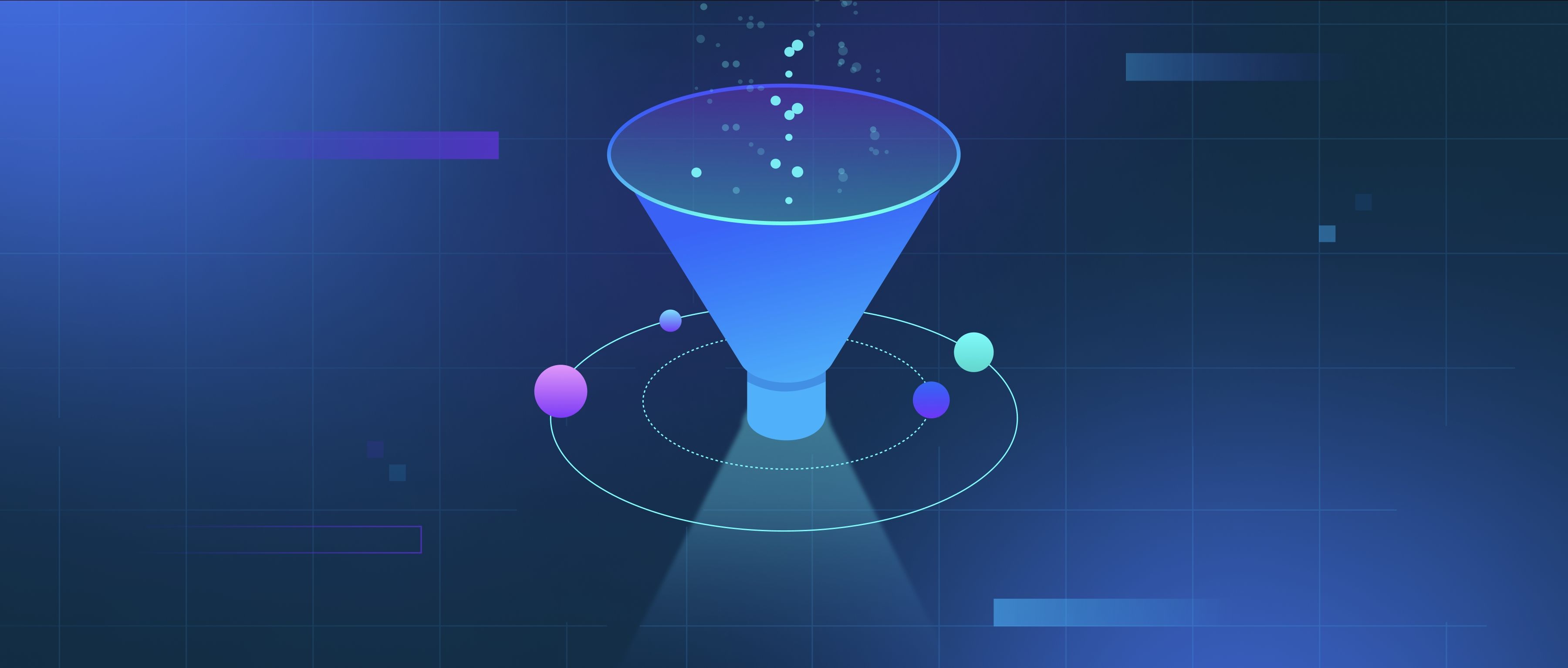Edge AI and fog computing are related concepts, but they focus on different aspects of data processing. Edge AI refers to the deployment of artificial intelligence algorithms directly on edge devices, which are typically located close to the data source. This setup allows for real-time data processing and decision-making without the need to send data to a central cloud server. For example, in a smart camera, facial recognition can be processed on the device itself, reducing latency and bandwidth usage.
Fog computing, on the other hand, is a more extensive framework that involves a decentralized architecture. It bridges the gap between the cloud and edge devices by providing a layer of computing resources closer to the edge. This layer can manage data processing, storage, and analytics, enabling devices that don't have enough computing power to leverage the resources available in the fog. For instance, an industrial IoT setup might use fog computing to aggregate data from several sensors before sending the analysis to the cloud, ensuring that not all raw data has to travel long distances, which can be inefficient.
In summary, while edge AI focuses on running AI models directly on edge devices for quick responses, fog computing serves as an intermediary layer that connects these devices to the cloud. In practice, developers might use edge AI for real-time applications that require immediate responses, such as in autonomous vehicles, while leveraging fog computing to handle broader data management needs across multiple devices and sensors in a manufacturing plant. This distinction helps in choosing the right solution based on project requirements.
